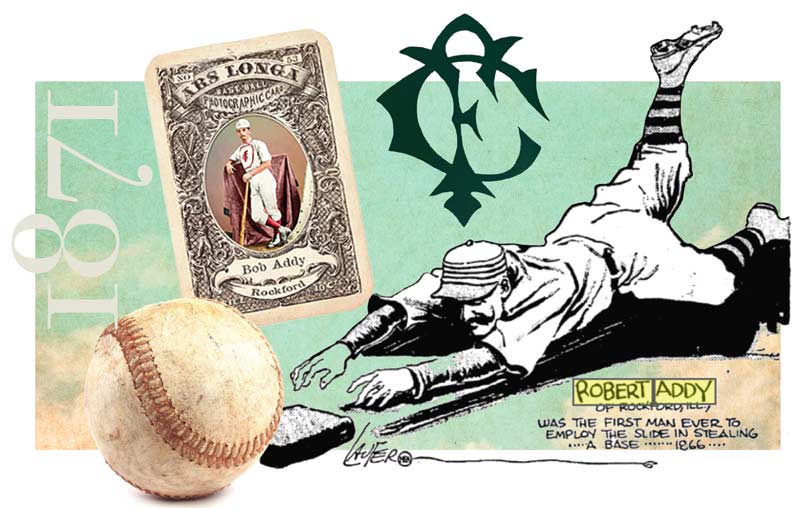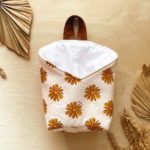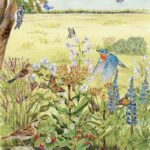
Who was the first local boy to play professional baseball in the major leagues? It wasn’t Paul Quantrill.
Even if you’re not a baseball fan, it’s not hard to come up with a major league player with roots in the area. Everyone knows that Paul Quantrill spent his early years in Hope Township and went on to a long career in pro ball. When his days on the pitcher’s mound ended, he retired to Northumberland.
But Paul is not the only local boy to have made good in the field of dreams. If you look back to the 1870s, you’ll find another local connection, namely Bob Addy, who was born in Port Hope in 1842. Nick – named “The Magnet” during his 274-game, 6-season career Addy can claim a couple of firsts in the history of the game, not the least of which is his place as the very first Canadian to play in the major leagues.
On the amateur level, baseball was already America’s pastime – and also popular in Upper Canada – by the time of the Civil War, thanks to Union soldiers who spread the popularity of the game in camp between battles. The first team to pay its players was the Cincinnati Red Stockings in 1869. Two years later, the National Association of Professional Base Ball Players launched a new league with a roster of nine pro teams, including the Rockford Forest Citys, representing a small town just west of Chicago. Its one and only professional season was a disaster: the Forest Citys placed dead last and promptly folded. But on that team was our Bob Addy.
The road to Rockford followed an unlikely route for a kid from Port Hope. Left fatherless, Bob was raised on humble Harcourt Street with his mother, Ellen, and two brothers. At 5’ 8½” and 150 pounds, he wasn’t exactly brawny, but he proved to be a gifted athlete. As a teen, he played across Canada in various cricket tournaments. Baseball was a natural transition, and by 1861, the 19-year-old had already earned accolades in the press.
Despite his athleticism, it was probably assumed that Bob would settle down in Port Hope and adopt a trade. After all, there was no such thing as a career in professional sports in the 1860s; so in his early twenties, Bob hung out his shingle as a tinsmith. But he didn’t remain in town long. Giving in to his first love, Bob bucked convention and by 1865 had drifted to Rockford. There, he toured the Midwest and the eastern states with the amateur Forest Citys. Young and single, he lived in a local hotel with several other baseball players. When the team turned pro in 1871, Bob was in the right place at the right time.
Known as a versatile, fearless, hard-working player, Bob could work almost any position on the diamond. Early on, he made his other claim to fame when he dove head-first into second base. Indeed, Bob is sometimes credited with inventing the baseball slide. After Rockford’s failed first season, Bob went back to tinsmithing. Even so, his talents did not go unnoticed, and in 1873 he was back on the field with the Philadelphia White Stockings.
His subsequent career took Bob to Boston, Hartford, Chicago and Cincinnati. He was captain of some of his teams, managed others, and was instrumental in winning the pennant once. When it was all over in 1877, Bob retired to Chicago, where he opened a skating rink and invented a new game best described as baseball on ice (how Canadian!) It never caught on, but Bob’s rambling spirit persevered. Still in his thirties, he wandered west. When he died in 1910, he was the proprietor of a hardware store in the frontier town of Pocatello, Idaho.
Bob’s accomplishments in pro ball went largely uncelebrated for the next century. Only in 2021 was he inducted into the Canadian Baseball Hall of Fame. But better late than never: it’s about time it was more widely known that there is more than one baseball star with Port Hope roots.
Story by:
Tom Cruickshank




